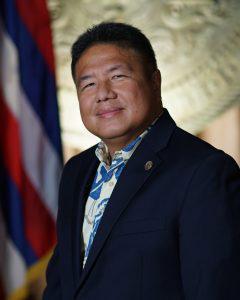
8 minute read
Director’s Message
Message from our Director
Aloha HDOT ‘Ohana,
September is National Preparedness Month. At the HDOT, this is a good opportunity to remind employees and their families to prepare for emergencies and disasters like hurricanes, tsunamis, earthquakes, and floods. Today, we have another emergency to deal with. Are you prepared in case you or a member of your family receives a positive COVID-19 test result? Do you know what actions you need to take?
Gov. Ige and the county mayors continue to act to bring down the COVID-19 curve. You can find guidance and the latest orders at:
Kaua’i County: kauai.gov/COVID-19 City and County of Honolulu: oneoahu.org Maui County: mauinuistrong.net/ Hawai’i County: coronavirus-response-county-of-hawaii-hawaiicountygis.hub.arcgis.com/
On Oahu, we are currently operating under the second Stay at Home order from Mayor Kirk Caldwell that became effective August 27. Thankfully, we prepared by continuing many of our essential functions remotely. Now, 472 of our 2,221 employees are teleworking at least one day a week.
As our department is responsible for the operations and upkeep of the state’s critical transportation infrastructure, it is important to keep these facilities open and operating. Please continue to be vigilant in your social distancing and hygiene. If you need supplies to be safe on the job, let your supervisor know.
COVID-19 continues to impact the islands heavily and has claimed 86 of our community members to date. We will continue to adjust to life with COVID-19 while fulfilling our obligations to the people of Hawaii. Please know that I and the Governor’s administration appreciate everything you do during this terribly challenging period for the department and the State.
Mahalo for reading and for all you do!
Jade Butay
Director
Administration
Hawaii Invasive Species Council Plan, Prevent and Control Encroaching Critters
By: David Rodriguez
The Hawai’i Invasive Species Council (HISC) is an inter-departmental collaboration of the Departments of Transportation, Land and Natural Resources, Agriculture, Health, Business, Economic Development & Tourism, and the University of Hawai’i.
Its purpose is to provide policy level direction, coordination, and planning among state departments, federal agencies, and international and local initiatives for the control and eradication of harmful invasive species infestations throughout the State and for preventing the introduction of other invasive species that may be potentially harmful.
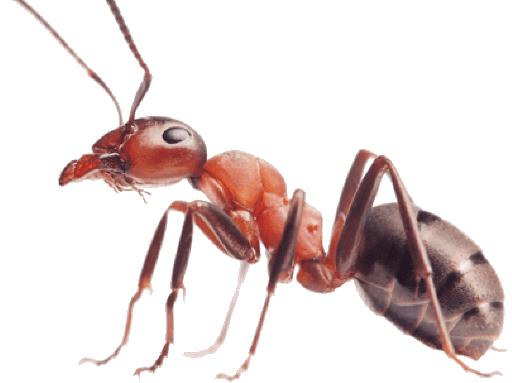
The HISC fulfills its mandate by issuing resolutions, providing plans, and strategically disbursing funds to enhance invasive species prevention, control, outreach, and research.
For FY 2021 invasive species programs requested $10M and HISC awarded $5.75M to 33 projects which can be leveraged to increase additional funds through government and private partnerships.
The State of Hawai’i’s Department of Transportation’s (HDOT) proactive engagement in minimizing the movement of invasive species through potential pathways is a critical part of Hawaii’s invasive species management.
The HDOT is primarily concerned with Albizia trees, Little Fire Ants, Africanized Bees, Coconut Rhinoceros Beetles, mosquitos and Rapid ‘Ohia Death as high-risk species.
Highways Statewide Noxious Invasive Pest Program (SNIPP) serves to protect thousands of acres of State highway rights-of-way close to ecologically sensitive areas: national parks, wildlife refuges and natural area reserves on all Islands.
Albizia trees are included in the SNIPP as they are prone to sudden branch drop and grow up to 150 ft at rate of 15 ft per year.
Fallen albizia trees and limbs can block roads, and waterways causing impediments to respond to emergencies and millions of dollars of damage to infrastructure and property.
Albizia removal costs highways $1 million per mile to remove 1,000 albizia trees.
To remove these trees in a safe and efficient manner, the HISC provided $89,000 to find natural enemies as a biocontrol method to remove these trees in a
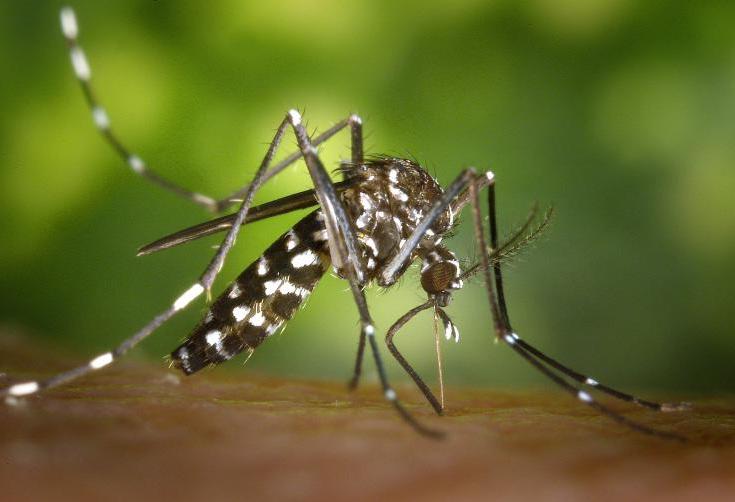
Administration
15 Unwritten Rules of Email
By: Darren Cantrill
We use email every day to communicate with our co-workers, family, friends, and sometimes complete strangers.
There are some nuances to email that seem obvious, but I thought I would share some of the unwritten rules of email that I’ve developed over the years.
I’m hoping that this list will help us all better send and respond to email.
1. Your subject line should always be descriptive.
2. Use “Reply All” with caution. No one likes that person who clogs the whole department’s inbox.
3. Keep every email as short as you can. Be amazing and concise.
4. If you want a response from someone, don’t cc them.
5. If you do cc someone, always cc the minimum number of people necessary to get the job done. The more people on the email chain, the lower the feeling of responsibility to answer.
6. If you don’t need a response and an email is FYI only, say so. 8. Be cautious with your use of humor!

9. Skip the slang. Choke, Junk, and Da Kine can mean many things to different people. Shoots!
10. When something is important, bold it. But, don’t overuse bold in your emails.
11. Always double check that you attached the right file to your email. I don’t know how many times I’ve done this.
12. Don’t use emojis. Leave those smiling icons for text messages.
13. Protect privacy. Email is public and even if you thought you deleted it, there is always a copy somewhere.
14. Don’t be negative. Would you email your comments to your Grandma?
15. Always remember to proofread. I notice my best proofreading occurs after I send the email.
I’m hoping that these 15 rules will help everyone in using email professionally and will help you from making some of the same mistakes I’ve made throughout my career. Aurite!
Administration
Hawai‘i Receives FTA Discretionary Grant to Purchase Hybrid Buses By: Pradip Pant
Federal public transportation law authorizes the U.S. Department of Transportation’s (DOT) Federal Transit Administration (FTA) to make competitive grants for buses and bus facilities.
FTA announced the allocation of $463,848,929 to projects under the Fiscal Year (FY) 2020 Grants for Buses and Bus Facilities Program.
The Hawai’i Department of Transportation (HDOT), on behalf and in coordination with the Counties of Hawaii, Kauai, and Maui transit agencies, applied for the competitive grant and was awarded $9,596,669.
HDOT received one of the higher awards amongst all applicants of the FY 2020 Grants for Buses and Bus Facilities Program.
The discretionary grant will be used by the Counties of Hawai’i, Kaua’i, and Maui for the purchase of 7 hybrid buses as a bridge to their 100% renewable energy goal by 2035.
In the short term, the County of Hawai’i is using the federal aid to purchase three 40' to 45' diesel buses which will add to the existing fleet to reach the County's goal of 55 vehicles on their inventory.
Hawai’i County is also using the grant for environmental studies, site analysis, and preliminary design of a new secondary baseyard in Kailua-Kona on the west side of the island to better serve the local community.
The Hilo Baseyard is approximately 100 miles away on the east side of the island, and Hilo and Kona are separated by two steep mountains.
The Kailua-Kona baseyard will not only provide for better maintenance and convenience but also feature supporting renewable energy infrastructure.
Forwarding Calls from Your Work Phone
By: Darren Cantrill
For those teleworking from home, you can forward your work calls to an offsite number.
To activate: Lift handset, dial * 78 Type in the number you want to receive calls on (ex: 9,xxxxxxx) Note: If going to a cell phone, you might have to include the area code. Hang up and test by calling your work number to see if it forwards
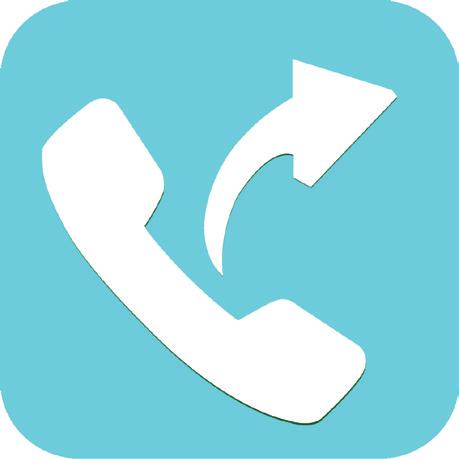
To deactivate: Lift handset, dial # 78 Hang up
Easy! Don’t forget to check out the Workstation Wellness regarding working from home by Melanie Martin.
Administration
Individual Hand Sanitizer Supply for DOT Admin Employees’ Use in the Workplace By: Alan Hilton
With the help of the Hawai’i Emergency Management Agency (HIEMA), Admin Division recently implemented a pilot project in mid-August to acquire and distribute a supply of 8-oz hand sanitizer bottles for every employee in the Division, to keep and use in accord with the standard precautions we’re all taking against COVID-19 spread, and for improved hygiene and personal protection in the workplace.
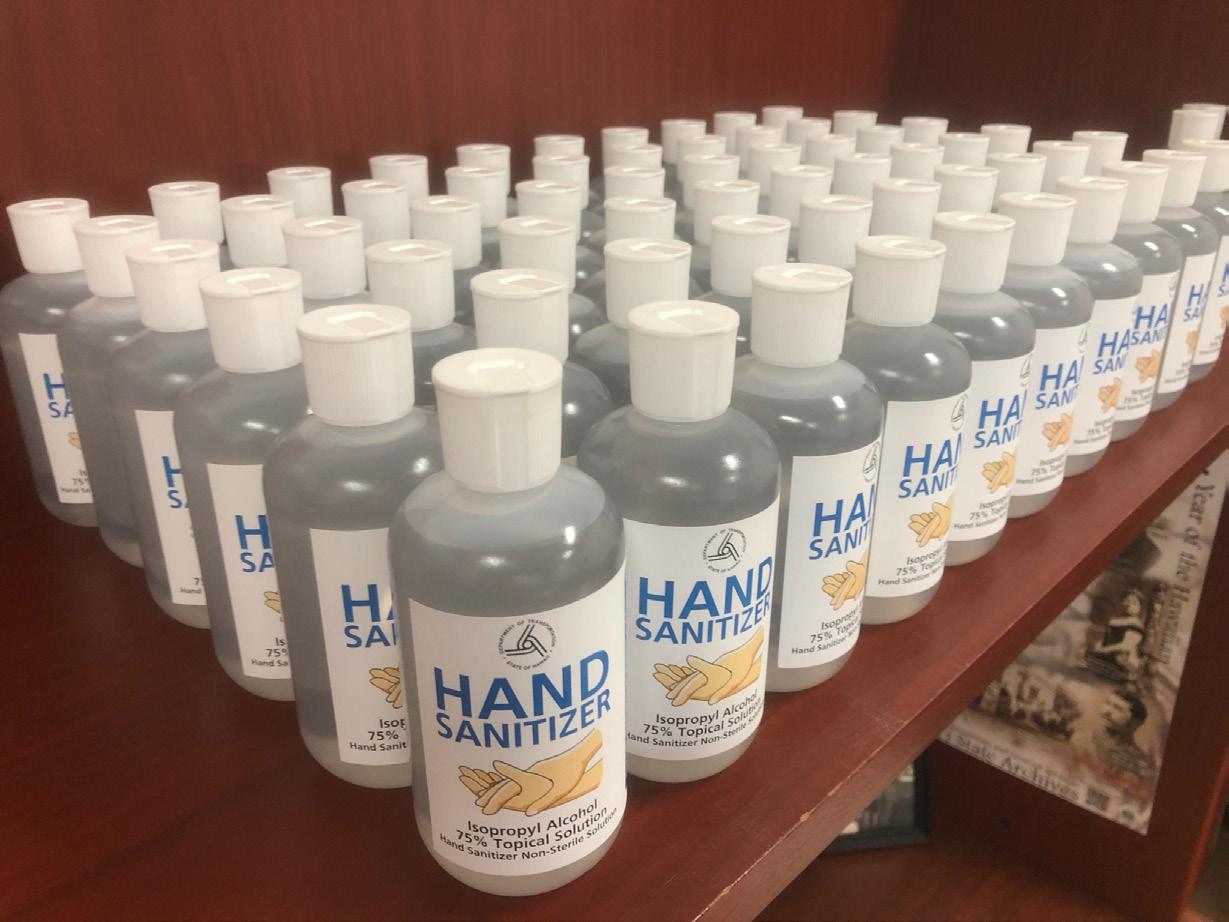
Since the start of the pandemic, HIEMA has been working with FEMA and other agencies and organizations to secure a steady stream of personal protection equipment (PPE) and cleaning/sanitation supplies on inbound shipments to the islands, to keep local inventory of these important supplies for our fight against COVID-19 well-stocked, and available as needed. Early on, one issue that interrupted the commercial supply and broad availability of personal-sized hand sanitizer products in the market was a lack of adequate industrial production capacity, not of the chemical hand sanitizer solutions, but rather the small plastic dispensing containers, when worldwide demand quickly outstripped retail supply. Manufacturers have slowly ramped up production to increase availability of the small plastic containers, but market demand remains strong. By working with their partners, HIEMA was able to secure a steady bulk supply of hand sanitizer solution effective against coronavirus (>70% isopropyl alcohol) being shipped to the islands in 5-gallon buckets, and large pallet-sized (330-gallon) totes. This supply of sanitizing solution was made possible by donations from Exxon-Mobil Corp., out of their chemical manufacturing facility located in Baton Rouge, Louisiana. HIEMA has also secured a large stock of empty 8-oz plastic containers with dispensing cap, for the idea that these containers could be filled and re-filled many times, to support a widely distributed local supply for personal use. DOT/ Admin Division requested and received an initial bulk supply of liquid sanitizer (three 5-gallon buckets), and 9-dozen empty 8-oz. containers from HIEMA. With other equipment and supplies procured locally, BUS office got started on the project. The BUS Print Shop designed and produced custom labels for the small containers, which were all filled and labeled onsite at Ali’i’aimoku Hale (Punchbowl Bldg.), and then made available for Admin Division offices and employees pick up and distribute. All the bottles are marked “DO NOT DISCARD” because







